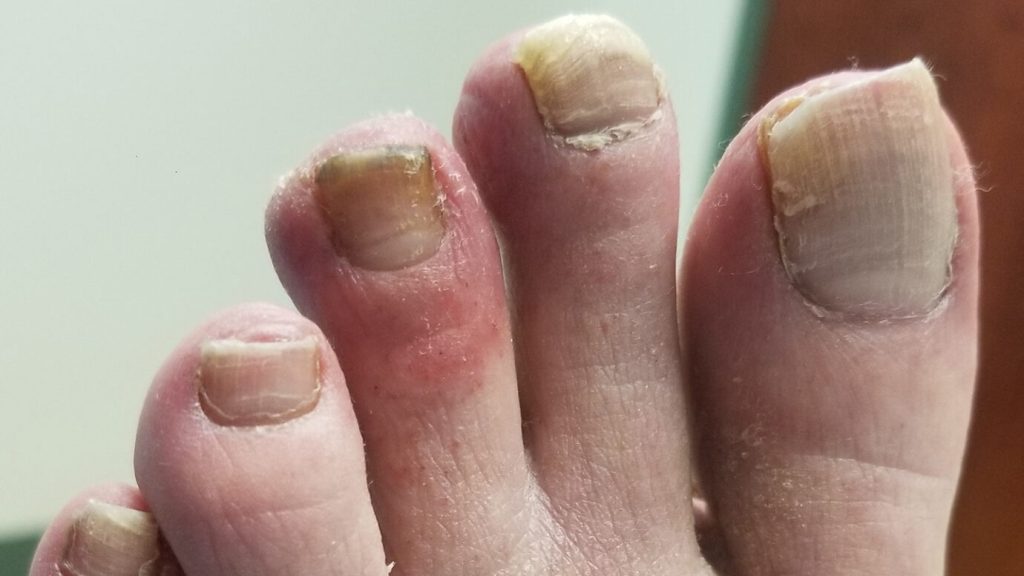Glassy eyes may help young crustaceans hide from predators in plain sight

Fledgling crustaceans have eyes like the sea, a peculiarity that could help them hide from predators.
Young shrimp, crab or lobster larvae already rock nearly translucent bodies to stay out of view. But dark eye pigments essential for vision pose the risk of exposing the animals anyway.
Some see-through ocean animals rely on mirrored irises or minuscule eyes to avoid detection. Young shrimp and prawns, on the other hand, camouflage their dark pigments behind light-reflecting glass made of tiny, crystalline spheres, researchers report in the Feb. 17 Science.
Variations in the size and placement of the orbs allow the crustaceans’ eyes to shine light that precisely matches the color of the surrounding water, possibly rendering them invisible to predators on the hunt for a meal.
Technologies that mimic the nanospheres’ structure could one day inspire more efficient solar energy or bio-friendly paints, the scientists say.
“I’ve often wondered what’s going on with [these animals’] eyeshine,” says evolutionary biologist Heather Bracken-Grissom of Florida International University in Miami, who was not involved in the study. She and colleagues often collect crustaceans from the deep sea, giving them nicknames like “blue-eyed arthropod” or “green-eyed, weird-looking shrimp” because the creatures don’t resemble their adult forms. Now, she says, that eye color makes sense.
In the study, chemist Keshet Shavit and colleagues used an electron microscope to peer into the eyes of lab-raised and wild crustaceans. Inside shrimp and prawn eyes, the team found crystalline nanospheres made of isoxanthopterin, a molecule that reflects light.
The spheres are a bit like disco balls, with highly reflective surfaces pointing outward, says study coauthor Benjamin Palmer, a chemist at Ben-Gurion University of the Negev in Beer-Sheva, Israel. Each sphere is made of thin, isoxanthopterin plates that stick together to form balls that range in size from around 250 to 400 nanometers in diameter.
These balls are arranged in clusters at the base of protein-dense cones that focus light on the animal’s light-sensing nerves, and form a protective cover over the pigmented cells. But crustacean larvae can still see because there are small holes in the glass, Palmer says. “It’s basically allowing light to go down to the retina on some specific angles, but on other angles, it’s reflecting light back.”
The size and order of the spheres seem to influence the color of the reflected light, the team’s observations and computer simulations show.
“The correlation between the particle size and the eyeshine color is beyond amazing,” says Shavit, also at Ben-Gurion University. Nanosphere size appears to help the animals’ eyes match the color of their native habitat, helping the critters blend into the background.
Blue-eyed shrimp that inhabit the Gulf of Aqaba’s clear blue waters off the coast of Israel, for instance, have spheres that are approximately 250 to 325 nanometers in diameter. The 400-nanometer-wide spheres of a freshwater prawn (Macrobrachium rosenbergii) glitter yellow-green, mimicking muddy waters found in the salty estuaries where they live.
The prawn’s eyes also seem to be able to reflect different colors in different environments. Individuals exposed to sunlight for four hours in the lab had silvery yellow eyes, possibly a result of nanospheres arranged in a disorganized jumble. But individuals left in the dark overnight had green eyes. Their nanospheres are arranged in layers — though the orbs within each layer are still disorganized, Palmer says.
Such adaptable eyes could help larvae move undetected through different parts of the ocean as changing light levels alter the color of the water, Bracken-Grissom says. At night, young crustaceans migrate to shallow waters to feed and dive back down when the sun rises. “If they are in fact using it as a form of camouflage, it would be an ingenious way to camouflage themselves as they move through these different light environments.”








